T-Mobile's T-Priority uses advanced 5G standalone network tech to help first responders in L.A.

Wireless carriers have developed a technology called 5G slicing that allows them to create and manage multiple and customized slices within a single 5G network. To make this easier to understand, imagine a single 5G network as a single highway. Next, imagine the creation of separate lanes within that highway. Each lane represents a network slice that can be customized to meet specific needs.
Last year, T-Mobile started a service called T-Priority which debuted in New York City last year. T-Priority is a service for public safety and is now being used by 350 members of the Los Angeles Fire Department (LAFD). For at least the first 30 days, T-Mobile is offering the service at no cost.
T-Priority gets a network slice of the carrier's 5G Standalone (SA) network. Such a network is built with 5G in mind from the start and has a 5G core. That compares with non-SA 5G networks which were built for 4G and had 5G radio access added to them. 5G (SA) networks are faster, have lower latency, and are more efficient and reliable than non-SA 5G networks. Only two carriers in the U.S. currently have a nationwide 5G (SA) network, T-Mobile and Dish Network.
"We’ve been receiving a lot of requests for Wi-Fi routers, hot spots and devices on our network because our network speeds and the availability of our network have been strong for first responders here."-Nicole Hudnet, industry segment advisor for T-Mobile’s Emergency Response Team
The network slice of T-Mobile's 5G (SA) network that first responders get through T-Priority gives them more capacity, the highest priority, and faster 5G speeds. This is but one of a multitude of things that T-Mobile is doing in L.A. where the carrier has its engineering emergency response team to help keep first responders communicating with each other during the wildfire crisis.
"I think the T-Priority's value proposition is quite compelling both from coverage and reliability point of view. SA and 2.5GHz give them a natural advantage in terms of reach and cost. So, I think they have a pretty competitive offering in the market."-Chetan Sharma, Industry Analyst
T-Mobile also has other tools in its bag of tricks such as AI, software-defined networking, and network self-optimization. The former changes network configurations in response to quickly changing demands. The latter uses automation and AI to discover where the network has bottlenecks. Adjustments are then made to optimize the network. During the wildfires, T-Mobile made 9,000 remote changes to its network, according to Stacy Tindell, senior director, Network Engineering and Operations at T-Mobile.
T-Mobile has the lowest share of the first responder market although the 5G-powered T-Priority and the 5G network slicing are helping the carrier improve its standing in the industry. For example, while Verizon told Fierce Wireless that its 5G (SA) network is used for commercial traffic in L.A., the network is not yet ready to discuss its use by public safety agencies.

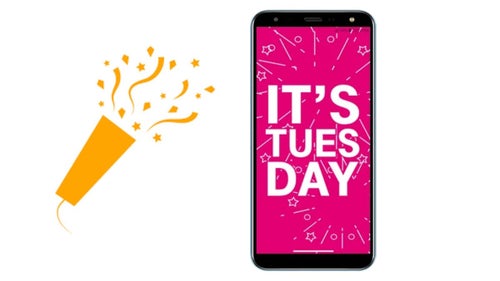
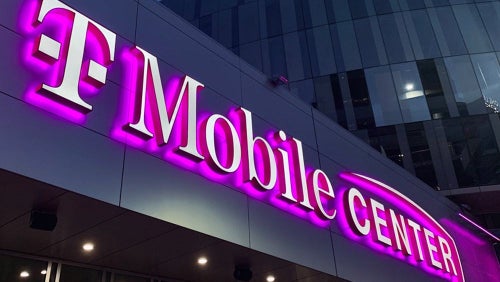
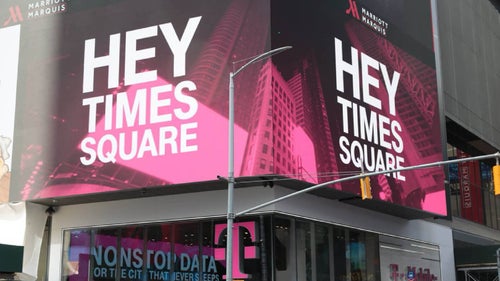
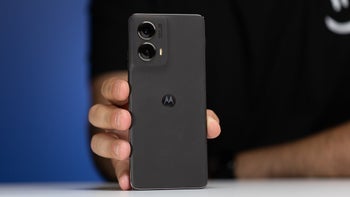


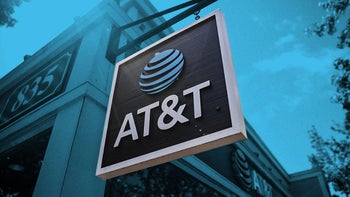

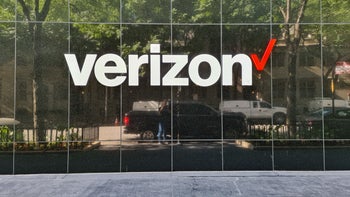
Things that are NOT allowed: